The Impact of a Municipal Landscape Architect
Text by Cynthia Graham, OALA, and Robert Norman, OALA
As graduates of the University of Guelph for landscape architecture, the authors have found our education often concentrated on preparing the student for a future in private practice. However, as is the case for approximately 30 per cent of OALA full members, there are exciting and rewarding careers for landscape architects within the public sector.
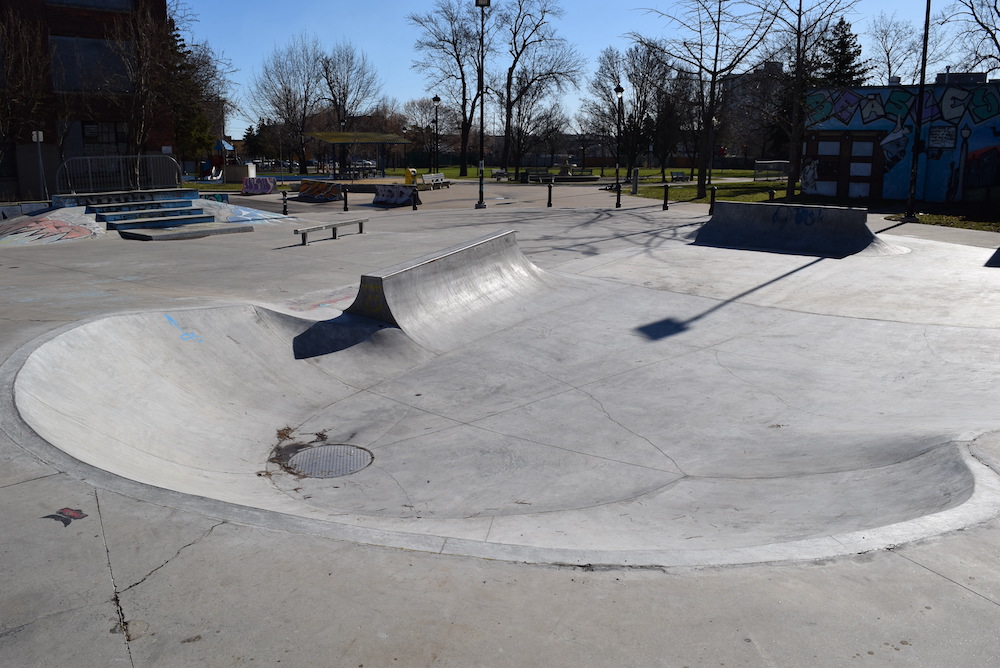
We have both worked within municipalities over our careers, and together as municipal landscape architects at the City of Hamilton. From the beginning of our service with Hamilton, we were empowered to manage projects, determine funding sources, and set budgets. We also had daily interaction with the decision makers of the municipality—elected officials such as councillors and the mayor. Municipal staff landscape architects have the opportunity to understand and respond to elected councillors’ concerns and priorities. Staff have the responsibility to write recommendation reports to municipal council, thus influencing policy, standards, and which projects are undertaken. This level of trust and responsibility is uncommon, especially early in a career. While working as municipal landscape architects, it is clear the process to plan and fund projects through municipal processes is not well understood. This article outlines an example of municipal practice and how municipal park projects come to be.

Park Planning and the Development Process
In growing municipalities, there are two types of park works: the development of new parks and redevelopment of existing parks. Developers create new subdivisions, and create new related parks, ideally with municipal landscape architects. The improvement of existing parks is led by municipal staff alone.
Tools and Resources
City staff have many documents which provide guidance, standards, and policies to utilize in planning parks. A municipality’s Recreation Master Plan sets levels for park facilities provision, as well as facility standards for parkettes, neighbourhood, and community parks. Similarly, a Trails Master Plan establishes a vision for trail systems across the city and related standards. A city’s Asset Management Plan tracks the asset lifecycle of parks and their components and helps predict when components will need replacing. For proposed developments, the Official Plan and Secondary Plans give direction on where new parks and trails will be located and their inter-relationships with other components of a community. Municipalities may have a Parks Development Manual, for guidance to developers, consultants, and staff on standards for designing parks, and the related process and approvals. Finally, an extremely important resource for staff is the resident’s elected official—the ward councillor represents their community’s needs and host, or participate, through fully transparent public meetings on a project.
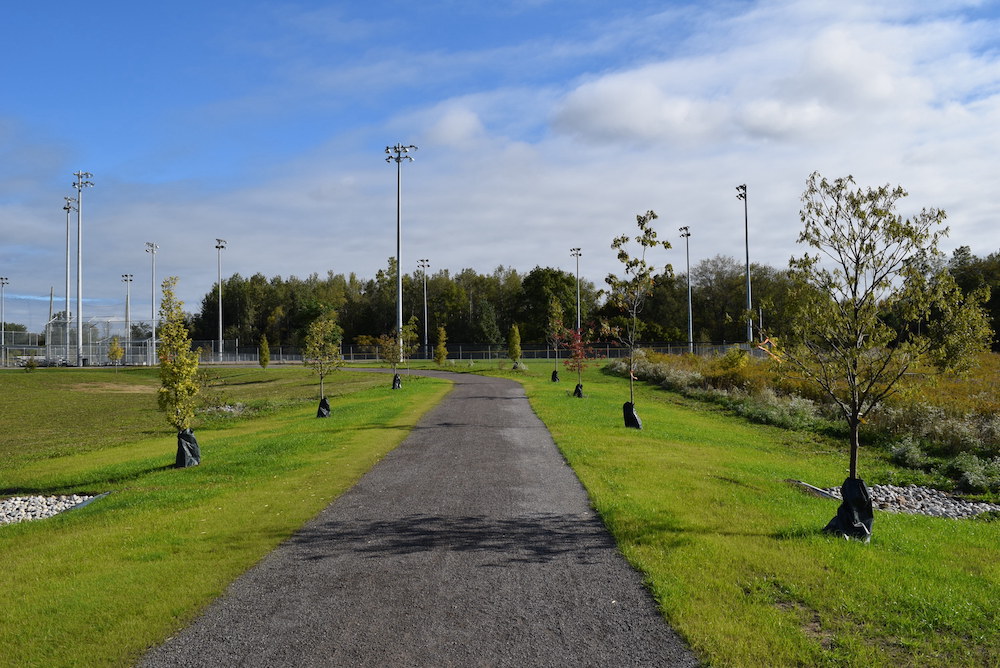
Park Budgets and Funding Sources
For the creation of new parks and trails in new developments, the Provincial Planning Act allows development charges to be collected by a municipality. The developer, at their own expense, must provide a baseline parkland condition of a graded, grassed, and fenced park block. The added amenities to the park such as trees, playgrounds, sports fields, courts, lighting, and walkways are paid for by development charges collected by the municipality. No matter who leads the park development, either city staff or the developer, funding from the development charges collected are used to pay for the park amenities. The City must monitor funds spent from the development charges account to be accountable for the money spent.
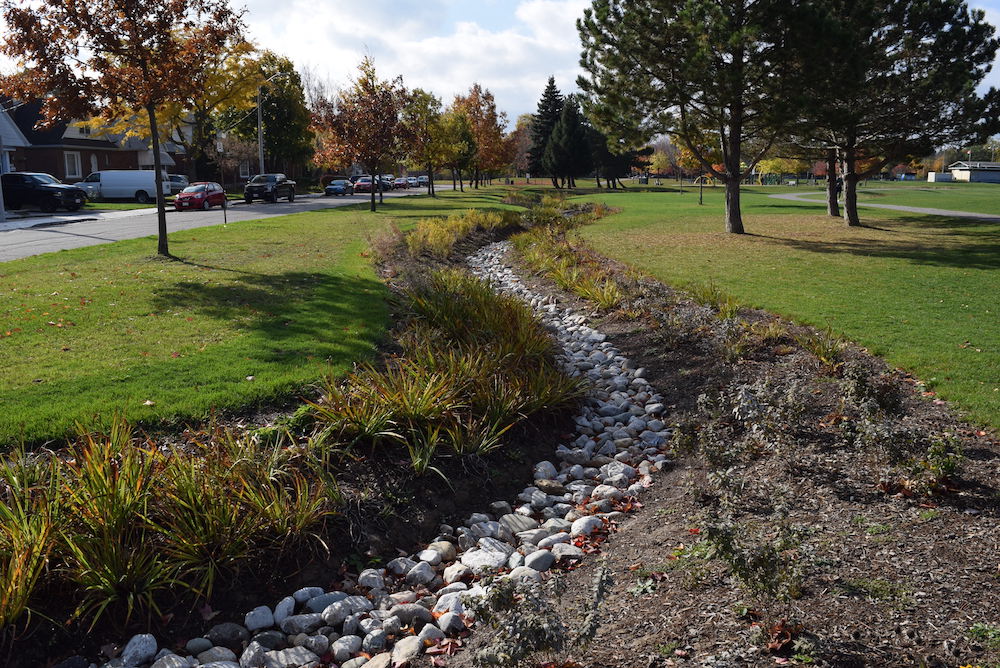
For improvements to existing parkland or trails, funding must primarily come from the sources of the tax levy. Additional sources of funding may come from related reserve accounts. Occasionally, grant funds may be available, usually from higher levels of government. City staff match projects with grant criteria and prioritize projects that address health and safety issues, community need, gaps in funding, and council priorities. Donations are sometimes offered from community groups, usually on a project-specific basis. The donations may lead to advancing a project that might otherwise not be funded. Federal Gas Tax funds are received by a municipality to assist with the funding of infrastructure.
For all of the potential funding sources listed above, municipal landscape architects must work closely with Corporate Finance staff in order to confirm funding sources are coordinated with specific projects, to a specific budget year, within an overall ten-year capital forecast.
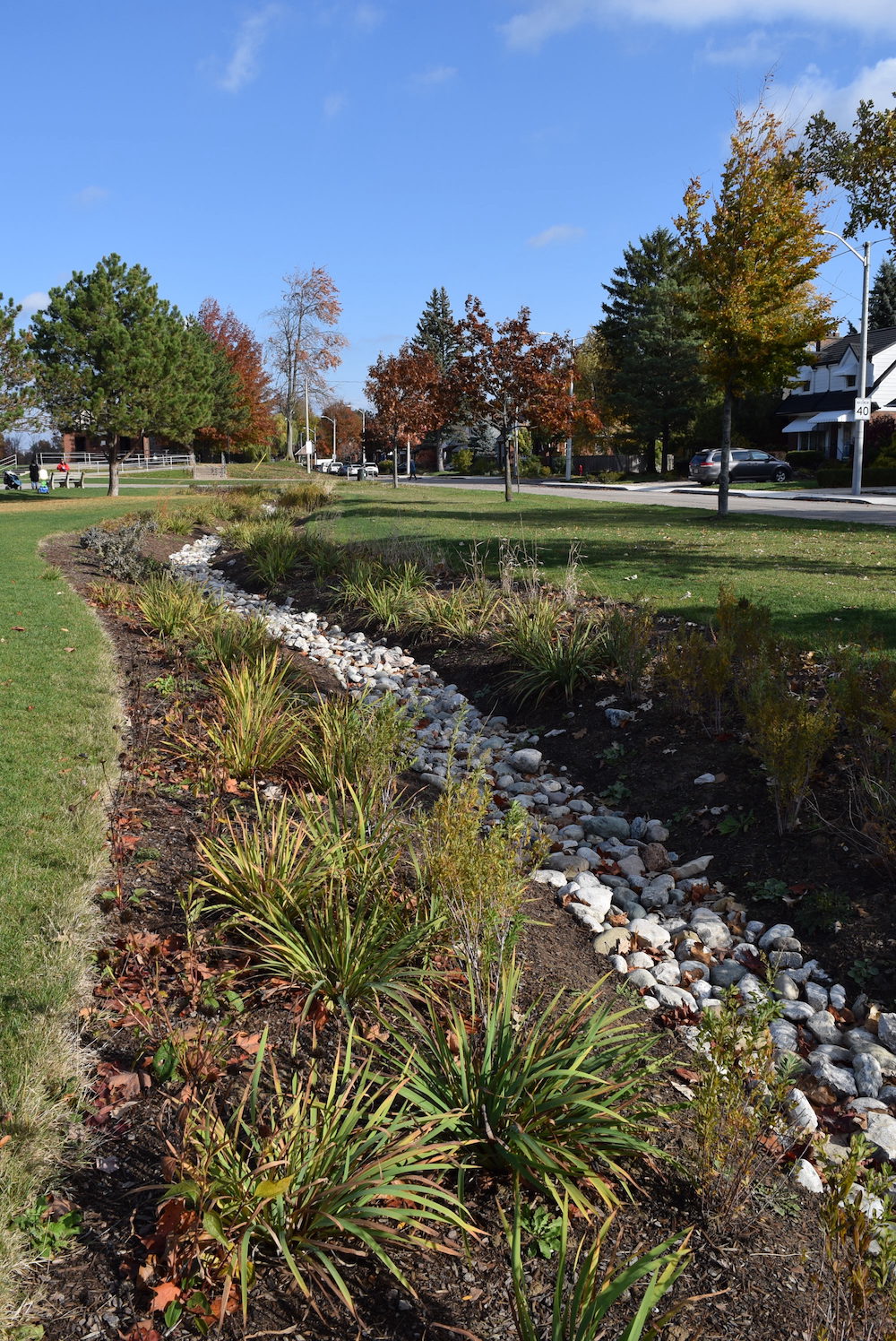
Budgeting Tools
Often, municipal staff use their own Excel Spreadsheet system for calculating the total cost of potential park and trail capital projects. Staff identify costs obtained from previous construction contracts, which are used to develop cost estimates. As projects can be 10 years or more in the future, inflationary factors must be included. In addition to the actual estimate for construction costs, staff add design contingencies, and costs for studies such as archaeological, geotechnical, soils, environmental, and natural heritage. Costs for consultants including consulting landscape architects, electrical, structural and civil engineering, and if relevant, internal cost recovery for the operating costs of staff must be considered. Each year, project costs for the capital forecast must be revisited, to consider any new legislation, increases in commodity costs, changes in maintenance requirements, or changes relating to materials’ performance, or vandalism.
When a project is three years or less from design and construction, the re-evaluation of project costs is critical, to ensure an accurate cost prediction and to ensure the budget will not change significantly.
When preparing the capital budgets for park projects, it is critical that the standards for parks and their amenities are equal across the city wards.
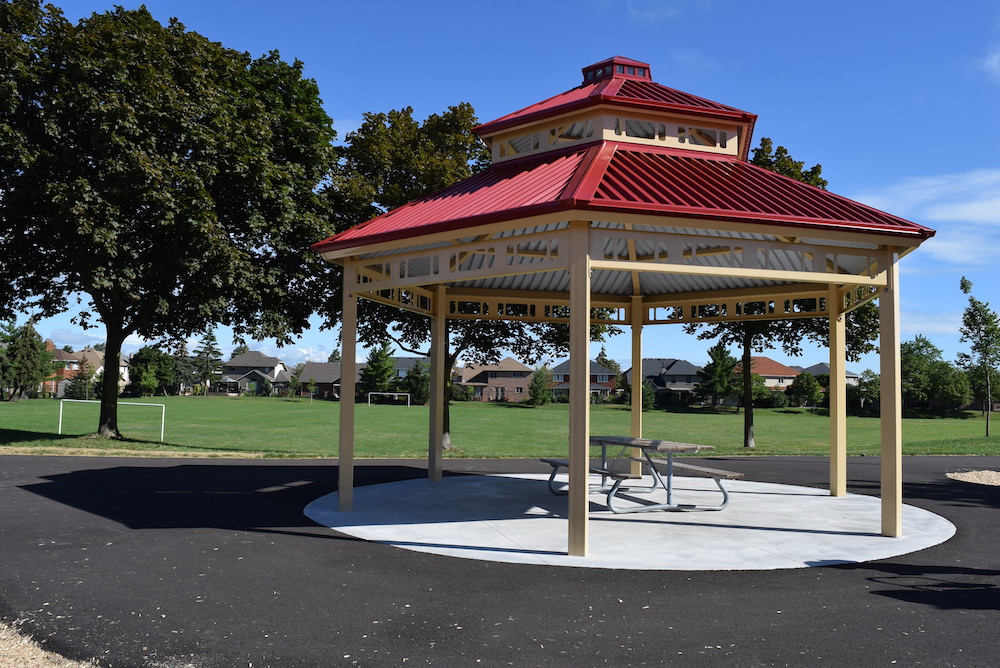
Approvals
Once budget submissions are formally prepared through Corporate Finance, the annual capital budget and forecast is presented to members of City Council for their approval. Staff cannot proceed with any capital project, unless approved by City Council.
Challenges
As it may be many years before a capital project is approved by City Council, it can be a challenge to manage the expectations of the public during this time period. It can also be a challenge to estimate costs and scheduling, especially for projects that may have contaminated soils, or natural and cultural heritage resources, such as an endangered butternut tree, which would require restrictions in the design.
Another challenge is that it can often be easier to acquire capital dollars than the required operating funds to maintain the park being built. That is because operating funds for maintenance are solely supported by the tax levy. Therefore, due to limited operating tax levy funds, this can dictate how park features are designed in order to minimize maintenance. In Hamilton for instance, there are rarely shrub beds planned in neighbourhood parks, in order to minimize the required additional annual maintenance tax dollars.
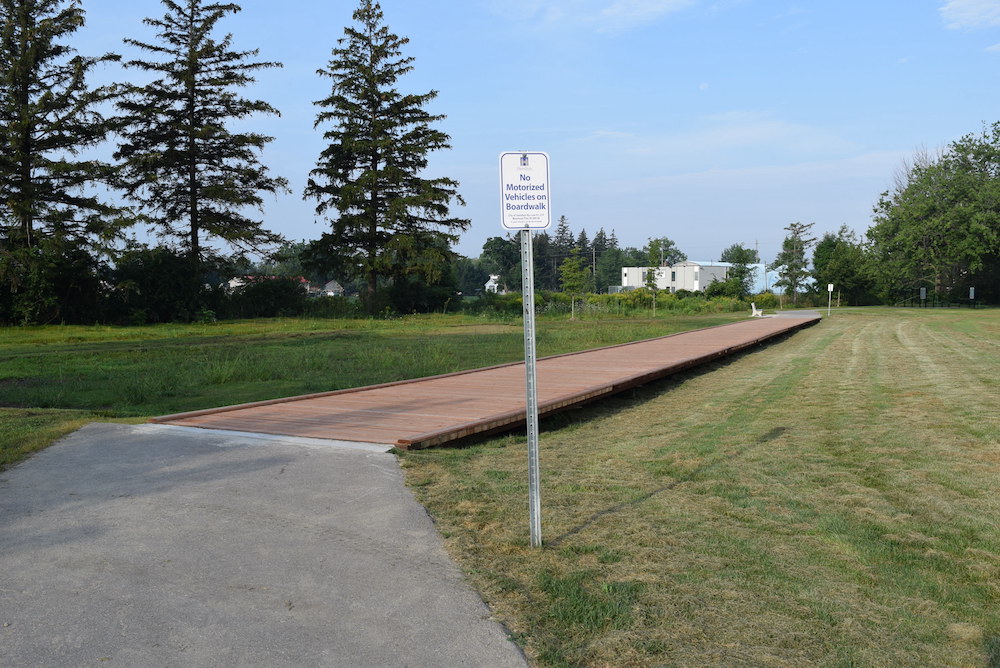
Municipal landscape architects must balance the needs of other stakeholders such as staff in providing recreational programs, sports group’s priorities, park maintenance concerns, the general public’s wants, and the ward councillor in responding to park facilities requests. A large city like Hamilton, with over 500,000 residents, includes a lot of voices. The municipal landscape architect has the task of creating a design that balances all of these needs while adhering to municipal park standards and the budget that is allocated, sometimes over five years ago. Thus, the municipal landscape architect is the key driver, negotiator, and creative problem solver for park projects. In that way, municipal landscape architects impact their local communities in important and tangible ways and help to create livable cities across Ontario.
BIO/ Cynthia Graham, OALA, CSLA, holds the role of Manager of Landscape Architectural Services for the City of Hamilton. In this role, she oversees the team that delivers the capital program for park and trail development for the city. She is a graduate of the MLA program from the University of Guelph, with an undergraduate degree in Environmental Science. She is a dedicated, career-long public servant, and her greatest joy at work comes when she can see residents loving and living in the parks she helped to create.
Robert Norman, BLA (Hons), OALA Emeritus, FCSLA, has a career spanning more than 40 years, with the majority of his career serving five municipalities. Currently, Rob serves on the Royal Botanical Gardens Board of Directors, specifically in the areas of Governance, Strategic Planning and Strategic Projects Implementation. Further volunteer efforts support the OALA as Co-Chair of Municipal Outreach. Rob also is Chair of the Governance Committee for the Landscape Architectural Alumni Association of the University of Guelph. With the City of Hamilton, Rob held the senior leadership role of Director of Strategic Planning for Public Works until March 2017. Further leadership positions include the President positions for both the CSLA and the OALA. Both professionally and for his volunteer efforts, Rob’s work has been recognized through numerous award programs.
